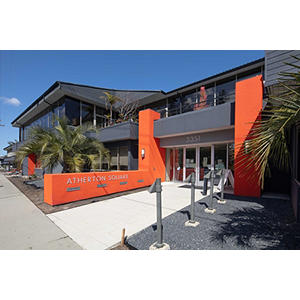
Chethan Sarabu, MD
Clinical Assistant Professor
Pediatrics
Gardner Packard Children’s Health Center
Gardner Packard Children's Health Center
3351 El Camino Real, Suite 100
Atherton, CA 94027
Phone:
(650) 362-2500
Fax:
(650) 362-2564
Locations

Gardner Packard Children's Health Center
3351 El Camino Real, Suite 100
Atherton, CA 94027
Phone : (650) 362-2500
Fax : (650) 362-2564
Work and Education
Professional Education
State University of New York Syracuse Medical School Registrar, Syracuse, NY, 05/31/2013
Residency
Rutgers Robert Wood Johnson Pediatric Residency, New Brunswick, NJ, 06/30/2016
Fellowship
Stanford University School of Medicine, Palo Alto, CA, 06/30/2018
Board Certifications
Pediatrics, American Board of Pediatrics, 2017
Clinical Informatics, American Board of Preventive Medicine, 2019
Languages
English
Connect with us:
Download our App: